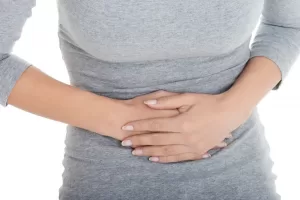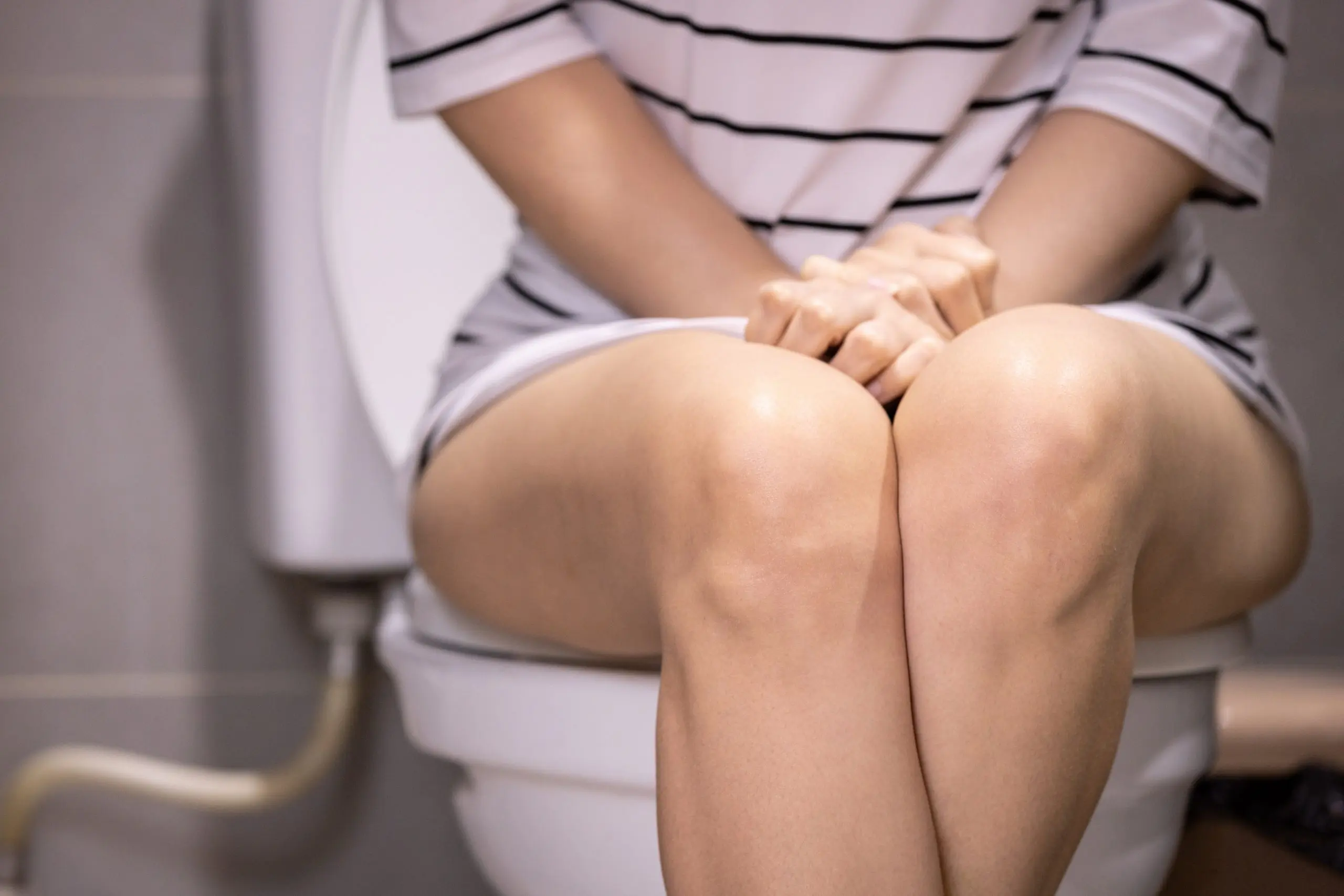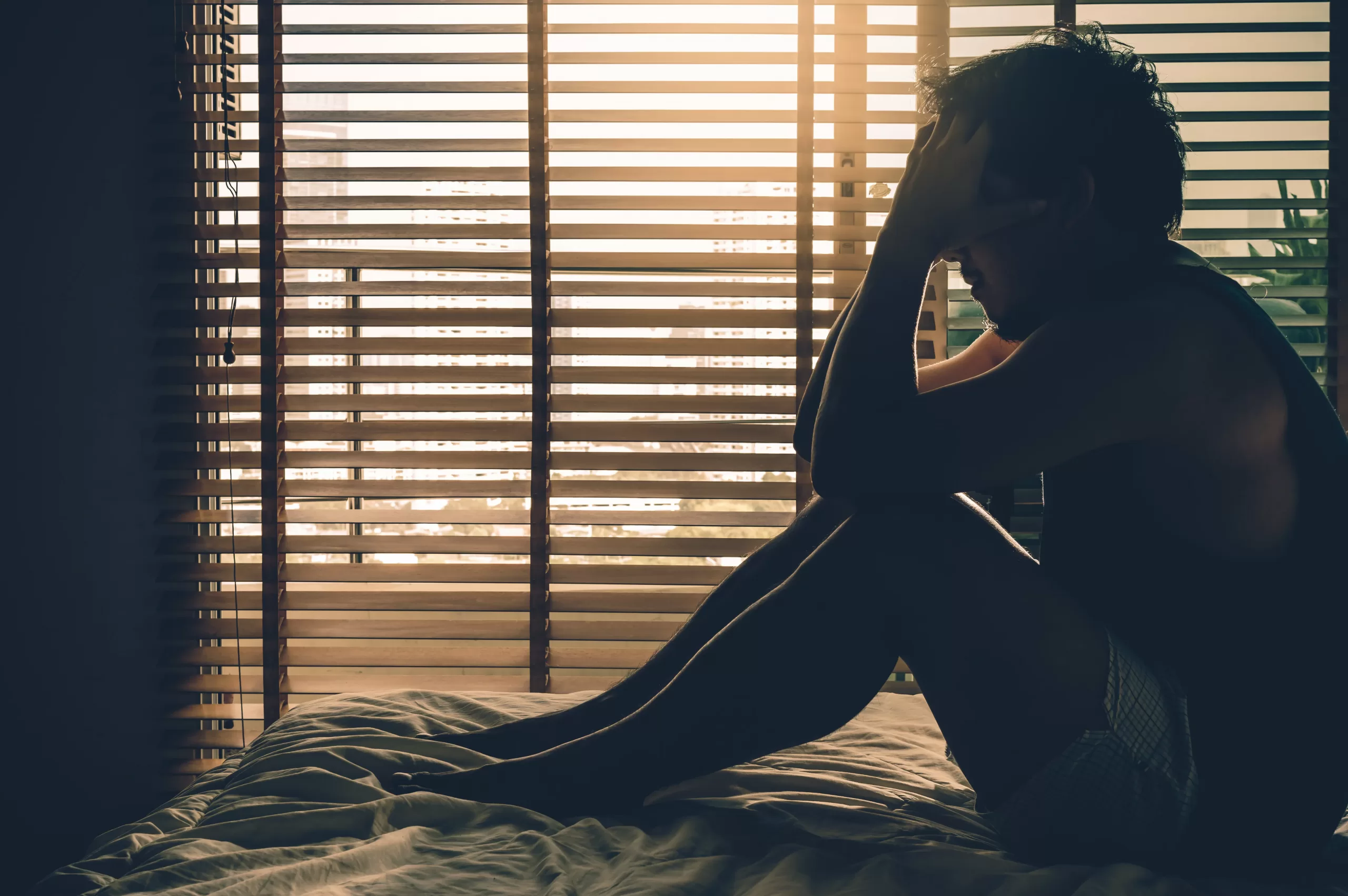Traveller’s Diarrhoea- causes, symptoms & treatment
Medically Reviewed by Dr Richard Bennett
Last updated on 19.06.2023
What is Traveller’s Diarrhoea?
Diarrhoea is 3 or more loose bowel motions per 24 hours. Traveller’s Diarrhoea is Gastroenteritis (“gastro”) that develops shortly after or during travel abroad. It can range from a tummy upset for a day or two, with mild diarrhoea, to more severe diarrhoea, tummy cramps, vomiting, fevers and dehydration lasting several days or longer.
What are the symptoms of Traveller’s Diarrhoea?
Symptoms (other than diarrhoea) may include:
- Abdominal pain
- Nausea (feeling sick) and/or vomiting
- Fevers
- Aches
What causes Traveller’s Diarrhoea?
Traveller’s Diarrhoea is caused by eating food or drinking water contaminated with germs (bacteria, viruses or parasites) or their toxins. It can be spread by contact with an infected person. The commonest germs include:
Bacteria
- Escherichia coli (E Coli) – found in undercooked beef, unpasteurised milk and juice, sprouts and contaminated water.
- Campylobacter- found in raw & undercooked poultry, unpasteurised milk and contaminated water.
- Salmonella- found in undercooked poultry, raw egg, mayonnaise, sprouts, tahini.
- Shigella- often spread by an affected individual preparing food after not washing their hands thoroughly. It can also be contracted by swimming in a pool used by somebody with the infection.
Viruses such as Norovirus and Rotavirus are transmitted when an infected person handles food that somebody else then eats, or by direct contact with an infected person.
Parasites including Giardia, Cryptosporidium and Entamoeba Histolytica are important but less common causes of Traveller’s Diarrhoea.
What locations are associated with a high risk of Traveller’s Diarrhoea?
The risk depends on where you travel to:
- High-risk areas: South and Southeast Asia, Central America, West and North Africa, South America, East Africa.
- Medium-risk areas: Russia, China, Caribbean, South Africa.
- Low-risk areas: North America, Western Europe and New Zealand.
How is Traveller’s Diarrhoea diagnosed?
The diagnosis is made from a history of the typical symptoms described above.
However a doctor can send of a sample of your stool (poo) to check for signs of infection with bacteria, viruses or parasites.
When should you see a doctor?
Most people have mild symptoms that may not need treatment other than resting and drinking plenty of fluids. However you should see a doctor if you:
- have a fever (high temperature) above 38.5C.
- have blood in your diarrhoea or vomit.
- are becoming dehydrated- ie. passing less urine, dry mouth, feeling dizzy/light-headed, headaches, weakness/fatigue etc.
- have severe abdominal (tummy) pains.
- have symptoms lasting longer than 3 days.
- feel your symptoms are worsening.
- are pregnant.
- are elderly or have an underlying health problem such as diabetes, epilepsy, inflammatory bowel disease, kidney disease or other chronic health problems.
- have a weakened immune system (for example, due to cancer, chemotherapy, long term steroid treatment, HIV infection).
What is the best treatment for Traveller’s Diarrhoea?
Fluid replacement is the most important element of treatment. While water is often enough, oral rehydration salts can help to increase rehydration and replace electrolytes lost through vomiting and diarrhoea. In milder cases, rehydration is all that’s required. However, other treatments such as anti-diarrhoea medications , anti-emetic (anti-nausea) medications and antibiotics may be appropriate in certain situations. Most of these treatments can be accessed via a pharmacy.
How can Traveller’s Diarrhoea be avoided?
If you are travelling in an area where there is a risk of Traveller’s Diarrhoea:
- Only eat food that is freshly prepared, cooked and served piping hot, or fruit that you have peeled yourself.
- Only drink bottled water (ensuring the seal is unbroken) or cooled boiled water.
- Use bottled or boiled water to brush your teeth. Do not use tap water.
- Wash your hands frequently using soap and water, or else use a hand sanitiser.
- Wash your hands or use hand sanitiser before preparing food, eating or drinking, and after using the toilet.
- Avoid:
- Tap water
- Uncooked food such as salads
- Raw or undercooked meat or shellfish
- Uncooked eggs
- Unpasteurised milk and cheese
- Ice cubes (to keep drinks cold, put the container or glass on ice. Do not put ice in your drinks).
- Ice-cream products
- Be careful where you swim as swimming in contaminated water can lead to Traveller’s Diarrhoea

Getting a Mental Health Care Plan in Australia: Your Guide
Getting a Mental Health Care Plan in Australia: Your Guide Mental health matters—and if you’re feeling overwhelmed, anxious, or down, a mental health care plan can help. But what is it, and how do [...]
UTI Symptoms and Treatment: What You Need to Know
UTI Symptoms and Treatment: What You Need to Know Urinary Tract Infections (UTIs) are common, uncomfortable, and often disruptive. But what exactly are the signs to watch for, and how can you get relief [...]
Free Mental Health Care Plan Online | Bulk-Billed by Qoctor
Free Mental Health Care Plan Online | Bulk-Billed by Qoctor Discover how to get a free, bulk-billed Mental Health Care Plan (MHCP) in Australia through Qoctor's telehealth service. Accessing [...]





